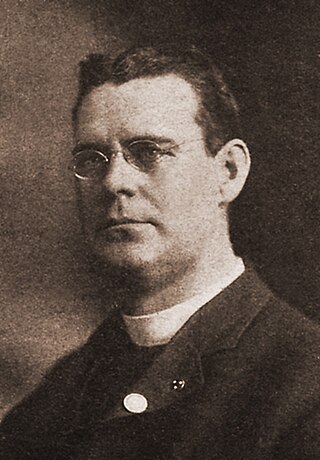
Thomas Joseph Hagerty was an American Roman Catholic priest and trade union activist. Hagerty is remembered as one of the founding members of the Industrial Workers of the World (IWW), as author of the influential Preamble to the Constitution of the IWW, and as the creator of "Hagerty's Wheel", a frequently reproduced illustration depicting the interrelation of the IWW's constituent industrial unions.
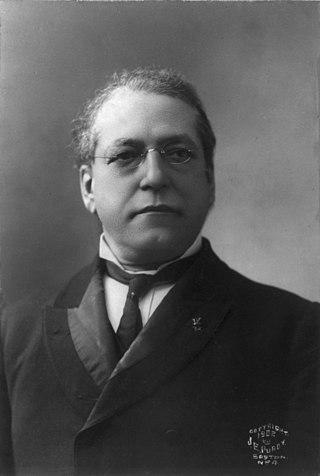
Samuel Gompers was a British-born American cigar maker, labor union leader and a key figure in American labor history. Gompers founded the American Federation of Labor (AFL) and served as the organization's president from 1886 to 1894, and from 1895 until his death in 1924. He promoted harmony among the different craft unions that comprised the AFL, trying to minimize jurisdictional battles. He promoted thorough organization and collective bargaining in order to secure shorter hours and higher wages, which he considered the essential first steps to emancipating labor.

The American Federation of Labor was a national federation of labor unions in the United States that continues today as the AFL–CIO. It was founded in Columbus, Ohio, in 1886 by an alliance of craft unions eager to provide mutual support and disappointed in the Knights of Labor. Samuel Gompers was elected the full-time president at its founding convention and was re-elected every year except one until his death in 1924. He became the major spokesperson for the union movement.

The Federation of Organized Trades and Labor Unions of the United States and Canada (FOTLU) was a federation of labor unions created on November 15, 1881, at Turner Hall in Pittsburgh. It changed its name to the American Federation of Labor (AFL) on December 8, 1886.
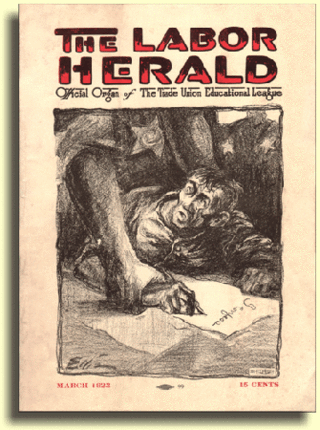
The Trade Union Educational League (TUEL) was established by William Z. Foster in 1920 as a means of uniting radicals within various trade unions for a common plan of action. The group was subsidized by the Communist International via the Workers (Communist) Party of America from 1922. The organization did not collect membership dues but instead ostensibly sought to both fund itself and to spread its ideas through the sale of pamphlets and circulation of a monthly magazine.
The Journeymen Cigar Makers' International Union of America (CMIU) was a labor union established in 1864 that represented workers in the cigar industry. The CMIU was part of the American Federation of Labor from 1887 until its merger in 1974.

Daniel Joseph Tobin was an American labor leader and president of the International Brotherhood of Teamsters from 1907 to 1952. From 1917 to 1928, he was treasurer of the American Federation of Labor. He served on the federation's Executive Council beginning in 1934, and served until his resignation in 1952.
The Sheet Metal Workers' International Association was a trade union of skilled metal workers who perform architectural sheet metal work, fabricate and install heating and air conditioning work, shipbuilding, appliance construction, heater and boiler construction, precision and specialty parts manufacture, and a variety of other jobs involving sheet metal. On August 11, 2014, it merged with the United Transportation Union (UTU) to form the International Association of Sheet Metal, Air, Rail and Transportation Workers, known by the acronym, SMART.
The Structural Building Trades Alliance (SBTA) was an American federation of labor unions in the construction industry. It was founded in 1903 and existed until 1908, when it affiliated with the American Federation of Labor (AFL) and became the Building Trades Department.

James Duncan was a Scottish American union leader, and president of the Granite Cutters' International Association from 1895 until his death in 1928. He was an influential member of the American labor movement, helping to co-found the American Federation of Labor.
Caleres Inc. is an American footwear company that owns and operates a variety of footwear brands. Its headquarters is located in Clayton, Missouri, a suburb of St. Louis. Founded in 1878 as Bryan, Brown & Company in St. Louis, it underwent several name changes; for a time, the Hamilton-Brown Shoe Company was the largest manufacturer of shoes in America. It went bankrupt in June 1939.
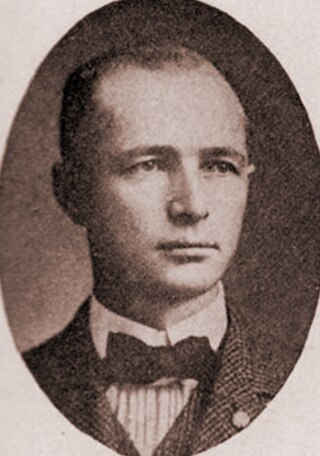
Maximillian Sebastian Hayes was an American newspaper editor, trade union activist, and socialist politician. In 1912 Hayes became the first candidate to challenge Samuel Gompers for the presidency of the American Federation of Labor in nearly a decade, drawing about 30 percent of the vote in his losing effort. Hayes is best remembered as the long-time editor of the Cleveland Citizen and as the vice presidential candidate of the Farmer–Labor Party ticket in 1920.

The American Alliance for Labor and Democracy was an American political organization established in September 1917 through the initiative of the American Federation of Labor and making use of the resources of the United States government's Committee on Public Information. The group was dedicated to building support among American workers for that nation's participation in World War I in Europe. Following the victory of the Entente powers over the empires of Germany and Austria-Hungary the organization lost its raison d'être. It was finally terminated in November 1919 due to a lack of funding.

Adolph Strasser (1843-1939), born in the Austrian Empire, was an American trade union organizer. Strasser is best remembered as a founder of the United Cigarmakers Union and the American Federation of Labor. Strasser was additionally the president of the Cigar Makers' International Union for a period of 14 years, heading the union during the period in which it introduced its successful union label and gained substantial organizational strength.

Lucien Delabarre Sanial was a French-American newspaper editor, economist, and political activist. A pioneer member of the Socialist Labor Party of America, Sanial is best remembered as one of the earliest economic theorists to deal with the Marxian concept of imperialism.

The Socialist Labor Party (SLP) is a political party in the United States. It was established in 1876, and was the first socialist party formed in the country.

William Daniel Mahon (1861–1949) was a former coal miner and streetcar driver who became president of the Amalgamated Association of Street Railway Employees of America, now the Amalgamated Transit Union.
The Fur Worker was a fortnightly labor journal published by the International Fur Workers' Union of the United States and Canada from Long Island, New York, the United States. The magazine was issued from 1916 to 1931 and again from 1937 to 1939.
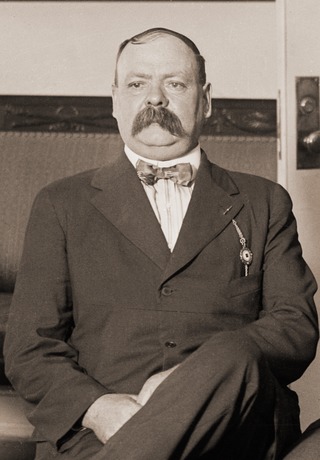
Timothy J. Healy (1863–1930), was an Irish-American trade union leader and political activist. Healy is best remembered as the longtime head of the International Brotherhood of Stationary Firemen and Oilers (IBSFO), a trade union for steam boiler operators.

The International Brotherhood of Stationary Firemen (IBSF) was an American trade union established in 1898 and affiliated with the American Federation of Labor. The union was established as a mechanism for advancing the collective interests of workers engaged in the operation of steam boilers. Originally limited to stationary firemen, in 1919 the AF of L expanded the organization's jurisdictional mandate to oilers and boiler room helpers, and the name was changed to International Brotherhood of Stationary Firemen and Oilers (IBSFO).















